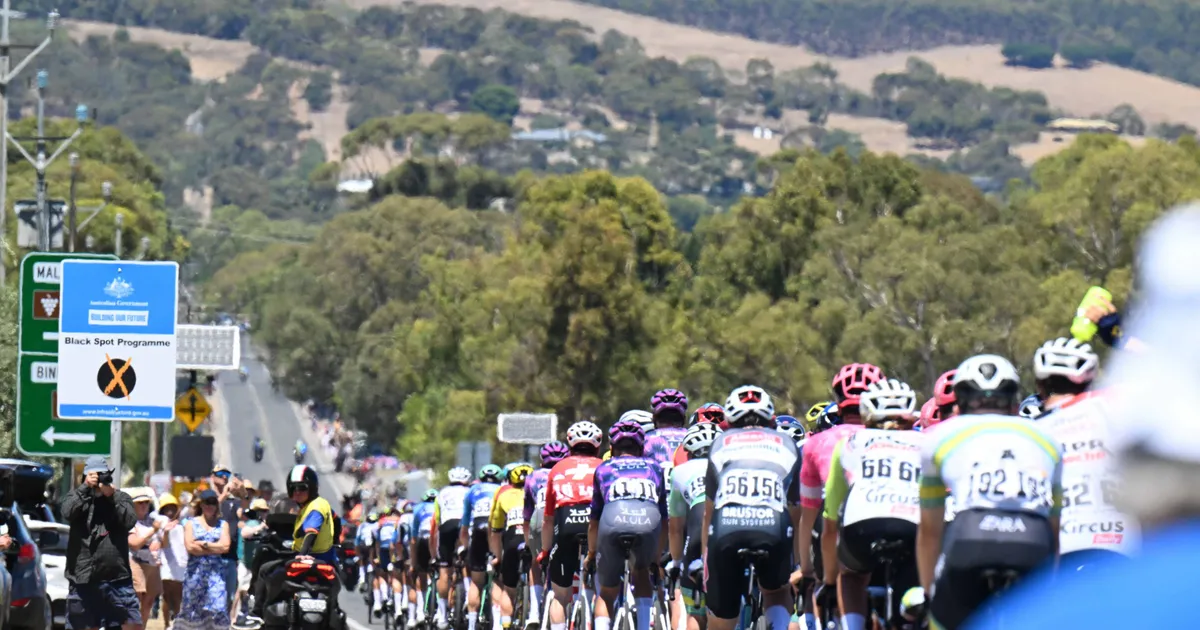British Cyclist Dies During Mallorca 312 OK Mobility Race
MALLORCA, Spain — A somber shadow has fallen over the cycling world following the death of a 40-year-old British cyclist during the Mallorca 312 OK Mobility race this past Saturday. The tragic incident underscores the inherent risks associated with endurance cycling events and raises questions about safety protocols.
Tragic Accident Claims Life
The cyclist, whose name has not yet been officially released pending notification of next of kin, was participating in the grueling Mallorca 312, a renowned cycling event that attracts thousands of participants from around the globe. The race, known for its challenging climbs and scenic routes, traverses the island of Mallorca, Spain.
According to a statement released by the race association, the cyclist suffered a “serious accident during the race.” Despite the swift response of emergency services, the rider was pronounced dead upon arrival at a local hospital.The exact circumstances surrounding the accident remain under investigation.
The organization has conveyed its “deepest condolences to the family and loved ones,” and is available to offer “all necessary support during this very tough time,” it said in a statement.
Memorial Service Planned
In response to the tragedy, the race organizers have announced plans to modify the event schedule to include a memorial service honoring the deceased cyclist. The service will provide an chance for participants, spectators, and the cycling community to pay their respects.
The announcement of the death has sent shockwaves through the cycling community worldwide, with many expressing their grief and offering condolences to the family and friends of the rider. Online forums and social media platforms are filled with messages of support and remembrance.
cycling Safety in Focus
The death of the British cyclist has reignited the debate surrounding safety in cycling events, especially long-distance races like the Mallorca 312. Concerns about rider fatigue, road conditions, and the potential for collisions are frequently raised in discussions about cycling safety. According to the National Safety Council, bicycle-related deaths in the U.S. have been steadily increasing in recent years,highlighting the need for heightened awareness and preventative measures.In 2023, over 1,000 cyclists were killed in traffic crashes in the United States, and an estimated 467,000 were injured.
| year | Cyclist Fatalities in the U.S. |
|---|---|
| 2019 | 846 |
| 2020 | 938 |
| 2021 | 1,052 |
| 2022 | 1,089 |
| 2023 | 1,000+ (estimated) |
While most organized cycling events have safety protocols in place, including medical support, route marshals, and traffic control, critics argue that more can be done to minimize risks. Suggestions include mandatory rest stops, stricter enforcement of traffic laws, and improved rider education.
conversely, some argue that cycling, like any sport, involves inherent risks and that participants must accept duty for their own safety. They emphasize the importance of individual preparedness, including proper training, equipment maintenance, and adherence to traffic regulations.
Preventive Measures and Rider Responsibility
One common-sense safety measure is wearing a helmet. Studies by the Insurance Institute for Highway Safety (IIHS) show that helmets reduce the risk of head injury by as much as 85%. Visibility is also crucial; wearing bright clothing and using reflective gear can significantly improve a cyclist’s chances of being seen by motorists.
Additionally, cyclists should be aware of their surroundings at all times and anticipate potential hazards. This includes scanning for traffic, being mindful of road conditions, and signaling turns and stops. Proper bike maintenance,including regular brake checks and tire inflation,is also essential for safe cycling.
The enduring Appeal of Cycling
Despite the risks,cycling remains a popular and rewarding activity for millions of people worldwide.From recreational riders to competitive athletes, cyclists are drawn to the sport for its physical and mental health benefits, its environmental friendliness, and its sense of community.
Events like the Mallorca 312 provide cyclists with the opportunity to challenge themselves, explore new landscapes, and connect with fellow enthusiasts. While tragedies like the recent death serve as a stark reminder of the dangers involved,they also underscore the importance of safety and the need for ongoing efforts to protect cyclists on the road.
FAQ: Cycling Safety and Event Participation
- what are the leading causes of cycling accidents?
- The leading causes of cycling accidents include collisions with motor vehicles, falls due to road hazards, and mechanical failures of bicycles. Distracted driving, speeding, and failure to yield are common factors in car-bike collisions.
- How can I improve my visibility as a cyclist?
- Wear bright clothing, especially during daylight hours. Use reflective tape on your bike and clothing. Install front and rear lights on your bike, and use them even during the day. Choose brightly colored helmets and shoes.
- What safety measures should I take before participating in a long-distance cycling event?
- Ensure your bike is in good working condition. Wear appropriate safety gear, including a properly fitted helmet. Train adequately for the event,gradually increasing your mileage and intensity. Stay hydrated and fueled during the event. Be aware of the route and potential hazards. Obey traffic laws and event rules.
- Are helmets required for cyclists in the U.S.?
- Helmet laws vary by state and locality. Some states have mandatory helmet laws for children, while others have no helmet laws at all. Irrespective of legal requirements, wearing a helmet is highly recommended for all cyclists.
- What resources are available for cyclists to learn about safety?
- The League of American Bicyclists and the National Highway Traffic Safety Governance (NHTSA) offer valuable resources on cycling safety, including educational materials, training programs, and advocacy initiatives.





:focal(1219x394:1221x392)/origin-imgresizer.eurosport.com/2024/11/07/image-15b7c207-cc64-46a9-ab23-9633dab0efa9-85-2560-1440.jpeg)
